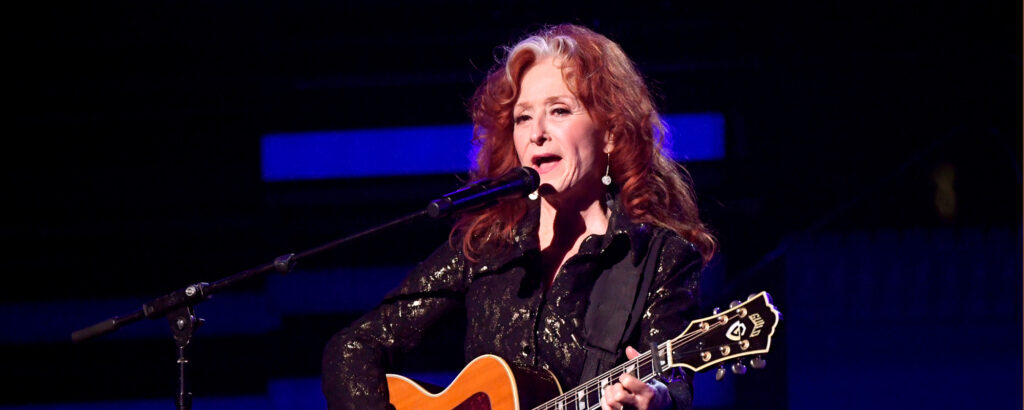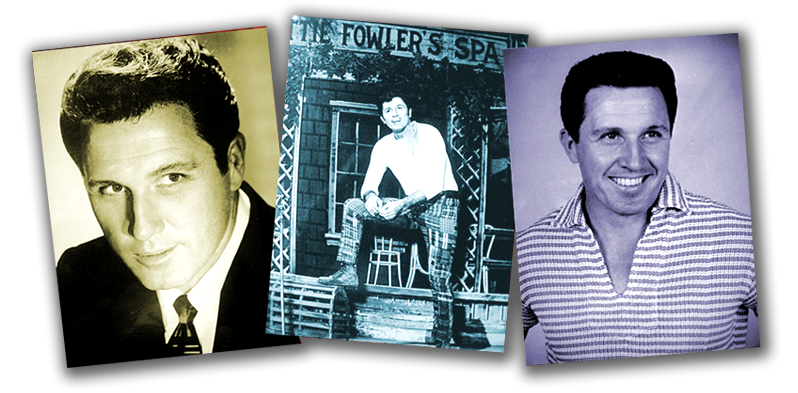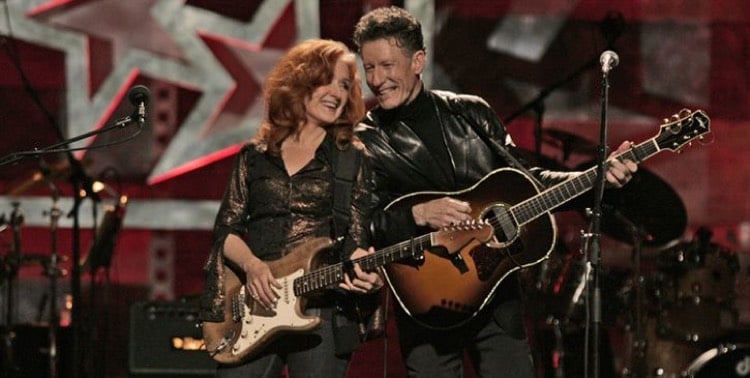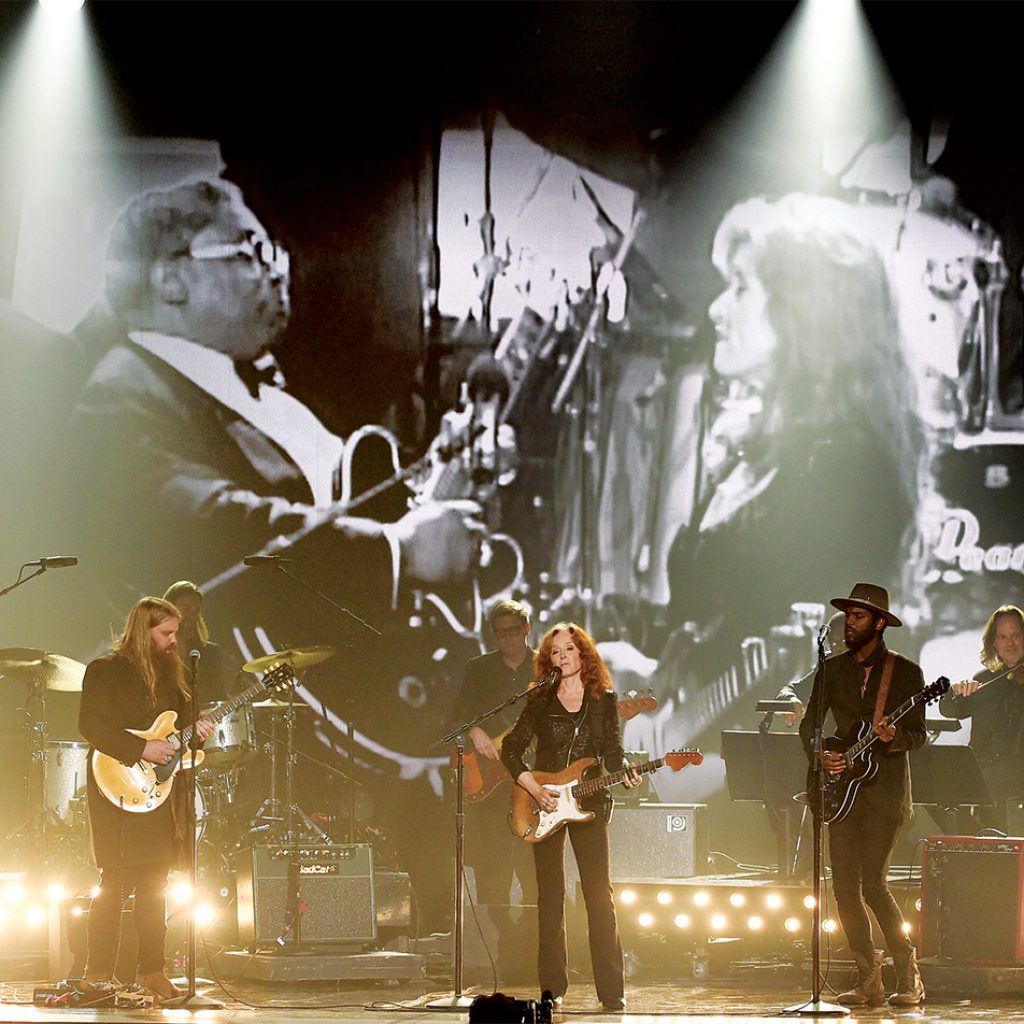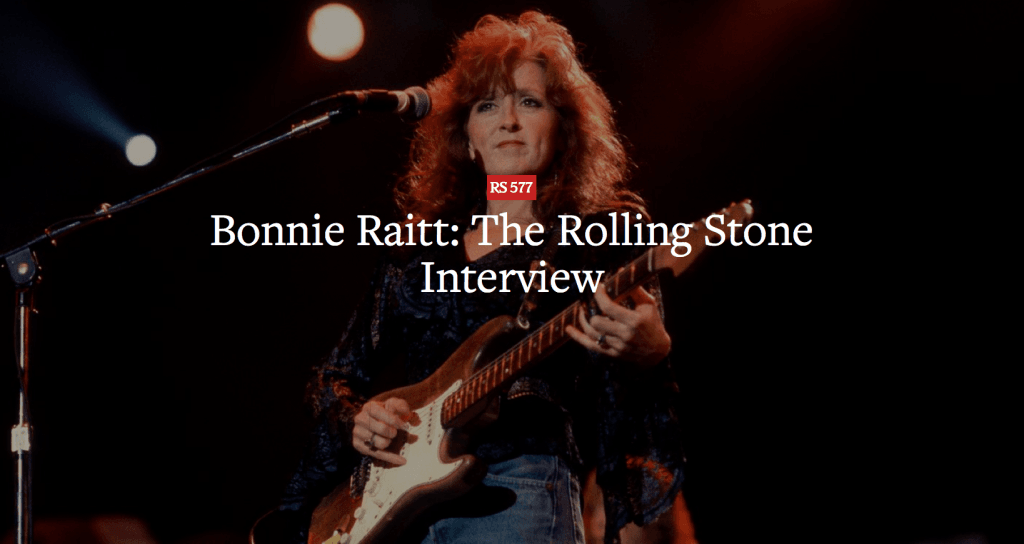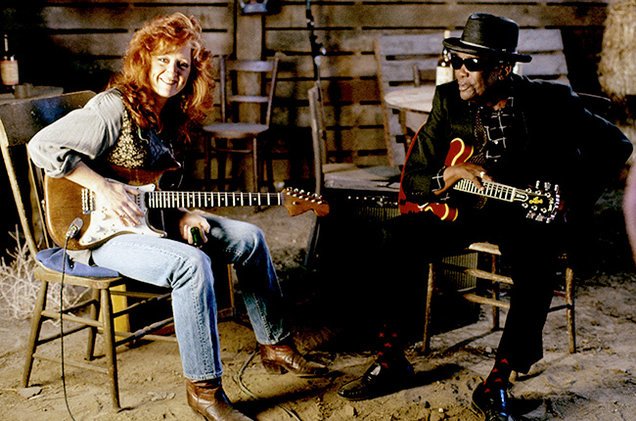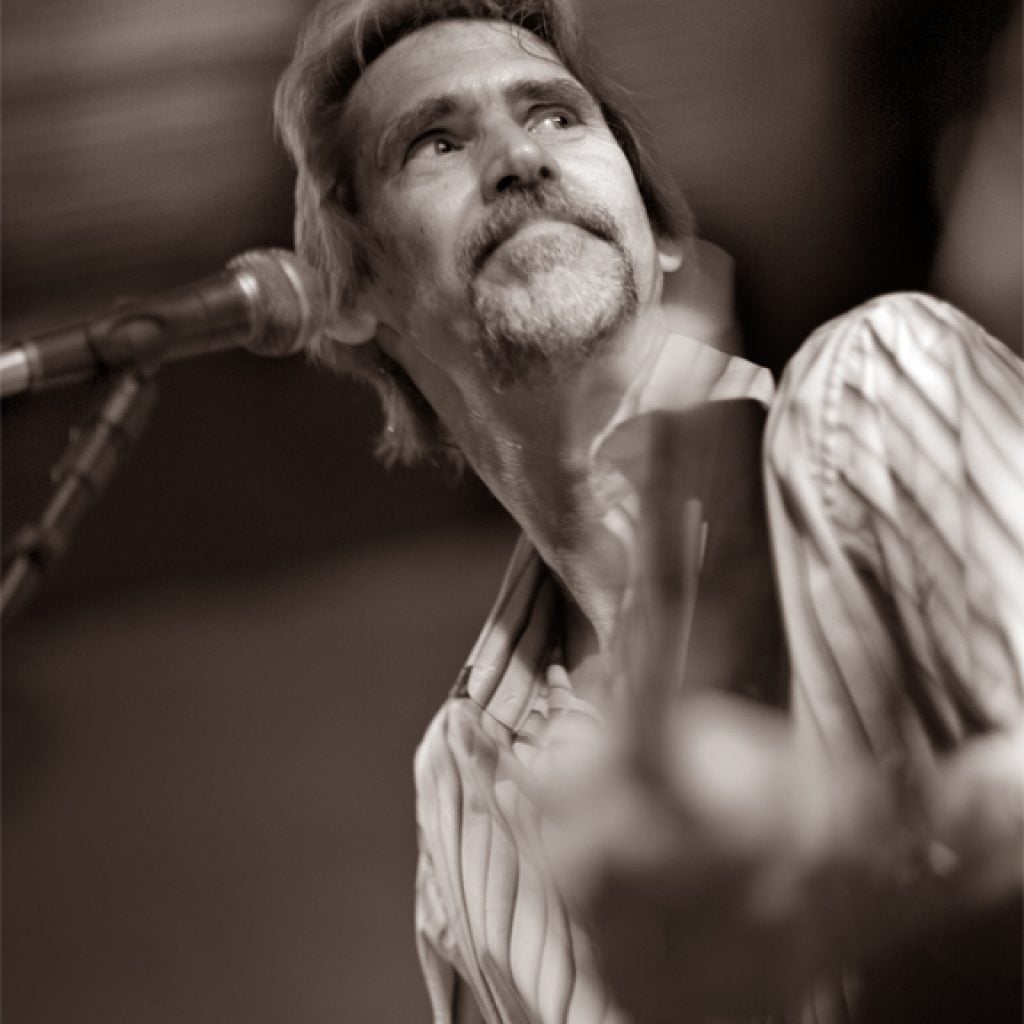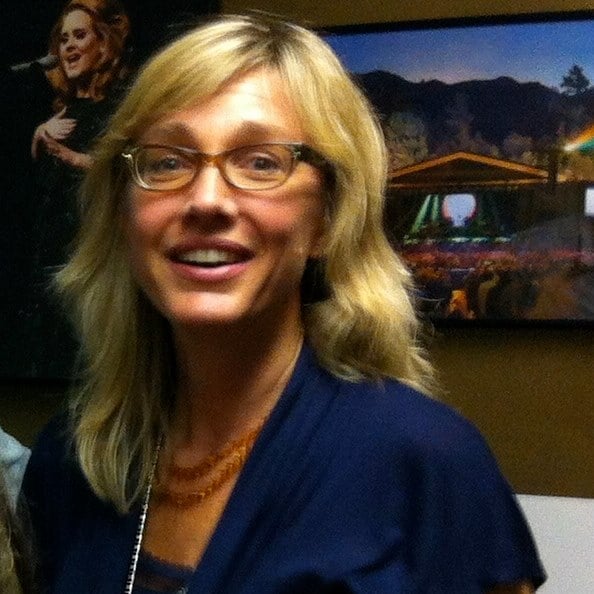
As with any experiment that has a lot of unknown factors, the first concert in 20 years joining pop musicians from the United States and Cuba yielded unpredictable and widely varying results
Sunday night’s three-hour concert here at the 5,000-seat Karl Marx theater was the culmination of a weeklong collaboration between Cuban songwriters and performers and their U.S. counterparts. Before an audience of visiting journalists, music students, artists, Cuban music officials and invited guests, the closing concert for “Music Bridges Over Troubled Waters” showed that when musicians are paired by a lottery — without regard to their interests or expertise — the outcome can range from mediocre to inspiring.
Fortunately for the organizers, some of the performances were nothing less than brilliant. These saved a show that was marred by technical problems and at times overshadowed by the musicians’ simplistic attempts to interject themselves into the foreign policy process.
Alan Roy Scott, the California songwriter and producer who dreamed up the Music Bridges project, told the audience that they were about to witness the power of music to bring people together, regardless of any other concerns that might separate them.
“All the songs are only two to three days old,” Scott said. “Although they are very new they are full of the love and friendship that we have all made this week.”
The show opened with a rendition of Paul Simon’s Bridge Over Troubled Water, apparently intended to set the stage for the night’s theme of musical harmony between performers whose governments are at odds.
The concert featured 24 of the nearly 50 songs written last week; in the first half, most of the material was uninspiring. One World, performed by Chieftains member Paddy Maloney, Todd Smallwood, Jimmy Buffett, Mick Fleetwood and Cuban singer Augusto Enriquez, was a bland number with bilingual lyrics that were hard to understand in either language.
It wasn’t until hip-hop star Montell Jordan took the stage that the audience glimpsed the kind of magic that’s possible when the right musicians are put together. Jordan was in his element in Walking on Sunshine, which he wrote with American arranger James Slater and Carlos Alfonso of the Afro-Cuban jazz/rock fusion group Sintesis.
Backed by the two female singers from Sintesis, Jordan blended his sense of African-American rhythm, phrasing and movement seamlessly into Alfonso’s rich Afro-Cuban stylings.
Rock singer Joan Osborne boomed out a powerful and provocative number called Alone With You, written with Cuban guitarist Rey Guerra and performed with singer-guitarist Manolito Simonet. Osborne had fun with the lyrics, singing, “I am a woman and I am in my prime, I know how to do it and take my time. I will wrap you up in all my curls. You’ll forget about the other girls.”
The song received thunderous applause, and a thumbs up from rapper Michael Franti, who served as master of ceremonies. “Muy sexy, Joan,” Franti said. “Muy sexy.”
At several points during the show, the American performers reached out to the crowd with a greeting in Spanish. Often, members of the U.S. group also commented on the political situation.
Blues rocker Bonnie Raitt let her music do the talking. The message of Cuba Is Way Too Cool, written by Raitt, actor Woody Harrelson, Cuban bandleader Pablo Menendez and Guerra, was that the United States has nothing to fear from its embargoed island neighbor.
“Why are you so worried?” Raitt sang. “Only 90 miles away, just a beautiful little island. Big Bad Wolf looking a fool. Because Cuba is way too cool.” Raitt and Menendez, the U.S.-born leader of the Cuban group Mezcla, delivered skillful guitar solos, while Cuban saxophonist Lucia Huergo improvised sophisticated jazz lines over them. Harrelson, bouncing around on the stage and clearly out of his musical depth, gave the impression that he was at a some kind of alternative rock party.
Raitt ended the song with a tribute to her audience: Viva Cuba Libre! (Long live free Cuba!)
Two numbers featuring the clean and alluring vocals of American folk-pop singer Beth Nielsen Chapman proved to be crowd-pleasers: In My Dreams, a simple love ballad she wrote with Cuban troubadour Carlos Varela and American composer-arranger Annie Roboff; and the more up-tempo Reaching Inside Myself.
Que Importa (What Does It Matter), by saxophonist Dave Koz, singer N’Dea Davenport and Cuban Ernan Lopez-Nussa, was another joy. Rene Baos, lead singer of the Cuban a cappella group Vocal Sampling, sang about all the things they each love, from food to music, and how the fact that they come from different countries with different tastes does not matter. Koz traded dueling solos with Baos, who used his voice to expertly imitate a saxophone.
Like others in the American contingent, Franti was left stunned by the Cubans’ virtuousity.
“I’ve learned two things in Cuba,” Franti said. “The first is to be a better person. And the second is if you’re an American you need to practice. Because when all the walls come down there will be no American musicians with a job.”
The concert organizers skipped a planned finale in which all the participants would sing the classic Cuban song Guantamera, instead opting for a much more significant closing musical statement.
Jose Luis Cortes, leader of the contemporary Cuban dance band NG La Banda, stepped on stage to do the honors. Cortes, who wrote the song Esto Es Pa’ Gozar (No Preguntes Mas) with Andy Summers of the Police, singer Brenda Russell and saxophonist Huergo, brought his 14-member band to back up the composers. It ended with an extended descarga, or jam session, that included an impromptu, bilingual call-and-response from the crowd.
Cortes’ group played with authority and power, bringing the house to its feet. On stage, the Music Bridges participants danced in a conga line. It was a fitting end to a week of sessions in which some of the Cuban performers essentially gave music lessons to their American and European counterparts.












 Visitors Today : 84
Visitors Today : 84 Now Online : 0
Now Online : 0






